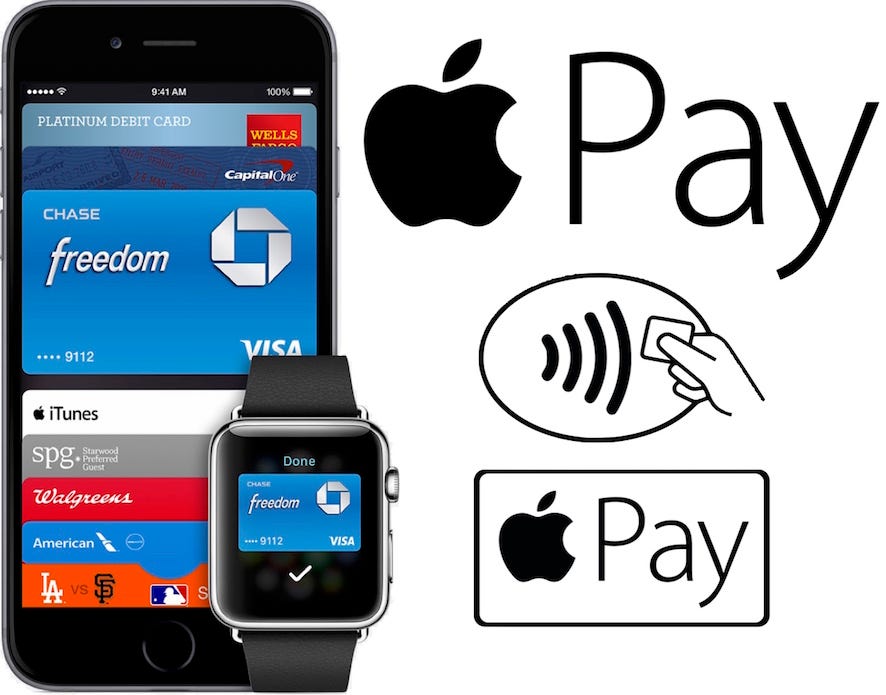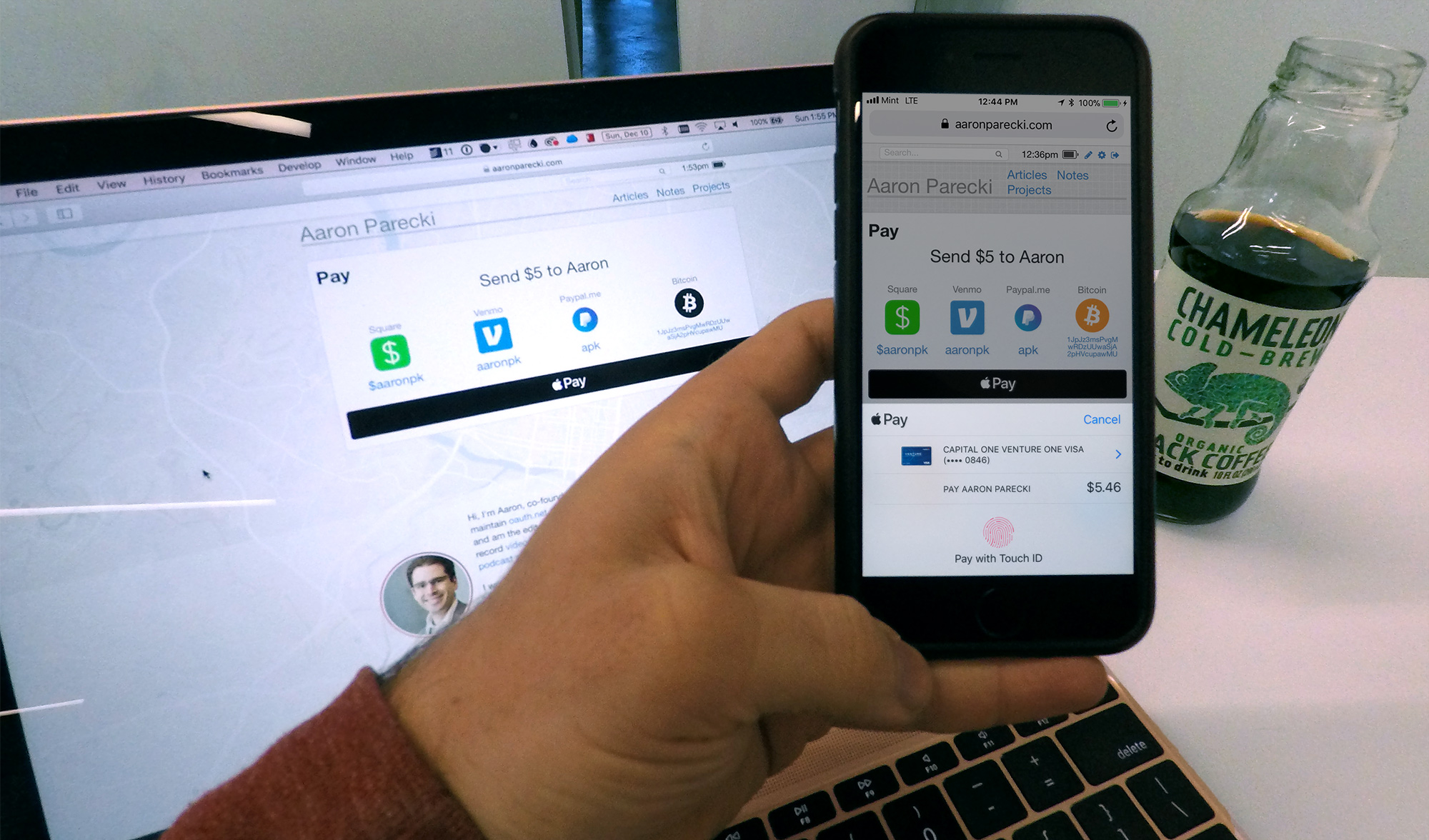In today’s digital age, technology continues to revolutionize various industries, including the fuel industry. One notable development is the partnership between Chevron gas stations and Apple Pay. This collaboration allows customers to conveniently use their iPhones or Apple Watches to make secure and seamless transactions at Chevron gas stations.
In this article, we will explore the benefits of this partnership for both Chevron and Apple, as well as discuss how other competitors in the industry are also adopting Apple Pay. Furthermore, we will provide a step-by-step guide on how to set up and use Apple Pay at Chevron gas stations.
Lastly, we will delve into the future potential of mobile payments in the fuel industry.
The Benefits of Apple Pay at Chevron Gas Stations
Apple Pay integration at Chevron gas stations offers customers convenient, secure, and streamlined transactions. With just a tap on their iPhones or Apple Watches, customers can effortlessly complete purchases without the need for cash or credit cards.
The robust security features of Apple Pay protect sensitive payment information, providing peace of mind against fraud. This seamless integration enhances the overall customer experience by eliminating friction points and saving time. Embracing Apple Pay elevates transactions at Chevron gas stations to new levels of convenience and efficiency.
Expanding Acceptance: Chevron’s Competitors Adopt Apple Pay
Chevron’s acceptance of Apple Pay has sparked a trend among its fuel industry competitors. Shell, one of the largest global fuel retailers, and Phillips 66, another prominent name in the industry, have integrated Apple Pay into their payment options.
Kwik Fill, a regional chain primarily located in New York and Pennsylvania, and Exxon Mobil, one of the largest international oil and gas companies, have also joined this growing list.
This widespread adoption not only provides customers with convenient and secure payment options but also reflects the increasing importance of embracing mobile payments in meeting consumer expectations. Mobile payments are revolutionizing various industries, including fuel, as more companies recognize the value they bring to customers.
How to Use Apple Pay at Chevron Gas Stations
Using Apple Pay at Chevron gas stations is quick and easy. Follow these steps:
- Make sure you have an iPhone or Apple Watch that supports Apple Pay.
- Add your credit or debit card information to the Wallet app on your device.
- Find a pump or store terminal that accepts Apple Pay at Chevron.
- Hold your device near the contactless reader or wave it over with an Apple Watch.
- Follow the prompts on your screen and authorize the transaction using Face ID, Touch ID, or passcode.
- Once payment is successful, you’ll get a confirmation and can proceed with fueling up or making additional purchases.
Enjoy the convenience and security of using Apple Pay at Chevron gas stations for a hassle-free experience!
The Future of Mobile Payments in the Fuel Industry
The partnership between Chevron gas stations and Apple Pay signifies a significant step forward for mobile payments in the fuel industry. As more major players like Shell, Phillips 66, Kwik Fill, and Exxon Mobil join this movement, it becomes clear that mobile payments have become an integral part of the industry’s future.
Apple Pay at Chevron gas stations sets a new standard by offering convenience, enhanced security features, and an improved customer experience. As mobile payment technologies continue to advance and gain widespread adoption, further innovations will shape the future of payments in the fuel industry.
Keeping an eye on developments like Chevron’s partnership with Apple Pay is crucial for investors tracking emerging trends or those interested in investing in innovative industries like mobile payments. Understanding technology’s impact on different sectors is vital for making informed investment decisions as technology rapidly evolves.
[lyte id=’fIlD1sc_eu0′]



